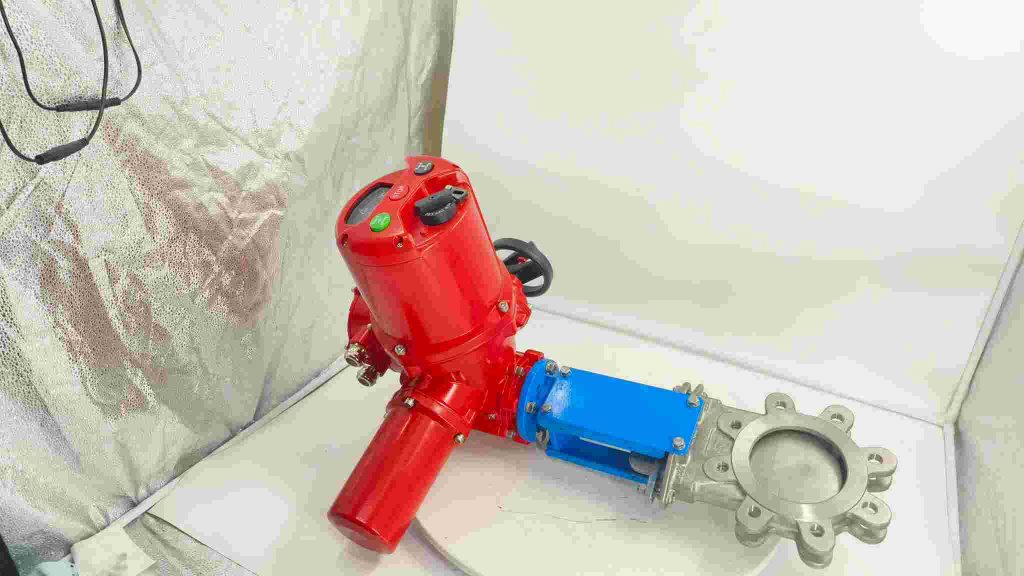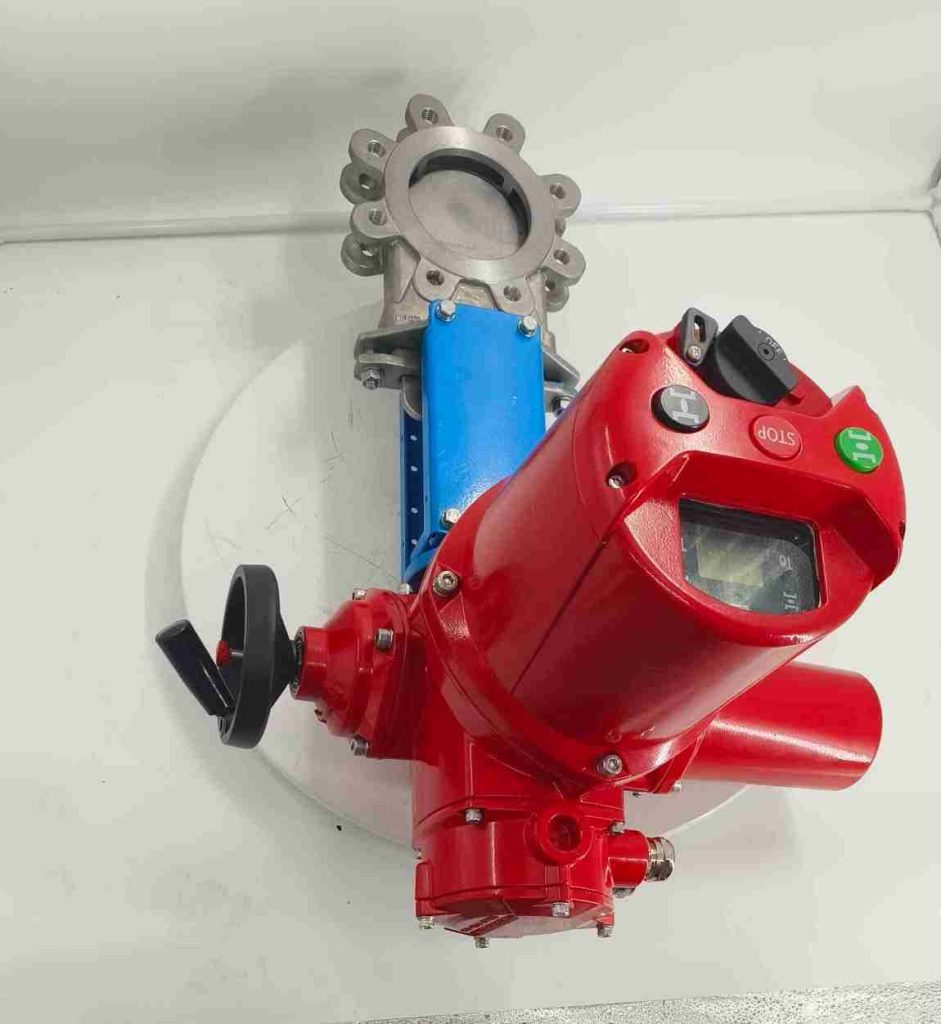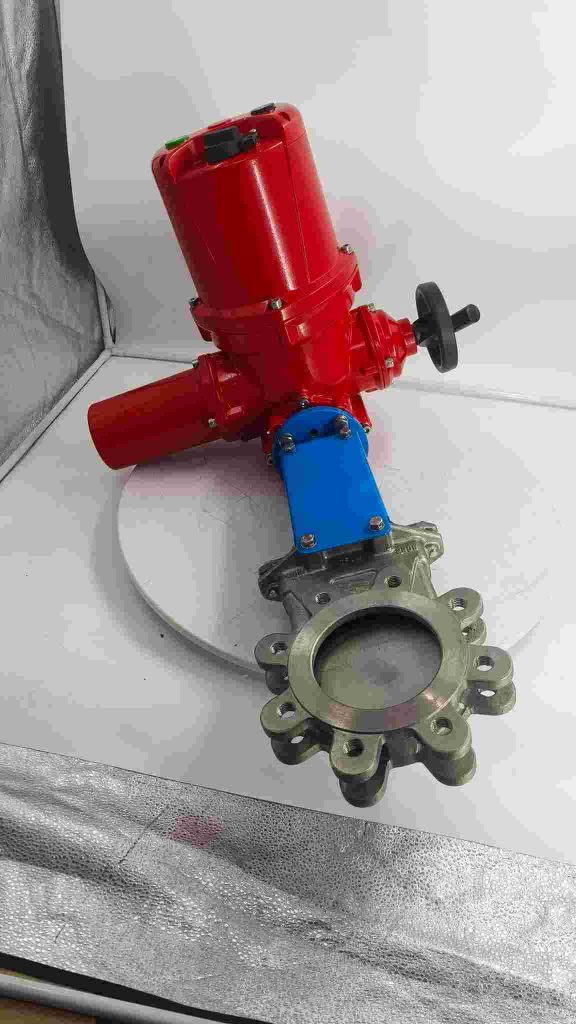The WCB Electric Gate Valve is an essential component in modern industrial fluid control systems. Its ability to regulate flow, ensure tight sealing, and operate efficiently under various conditions makes it a popular choice in industries like oil and gas, chemical processing, power generation, and water treatment. This article delves into the features, advantages, applications, and working principles of the WCB Electric Gate Valve, highlighting its importance in ensuring reliable and precise flow control.

What is a WCB Electric Gate Valve?

The WCB Electric Gate Valve combines the mechanical precision of a gate valve with the power of an electric actuator. “WCB” refers to the material used in the valve body, specifically carbon steel, known for its excellent strength, toughness, and resistance to wear. Gate valves, in general, are used to start or stop fluid flow, where the valve’s gate moves up or down to allow or restrict the passage. When paired with an electric actuator, the valve can be operated remotely, providing automation in fluid control systems. Key Features of WCB Electric Gate Valves Durability and Strength: WCB, or wrought carbon steel, offers outstanding mechanical properties, including high strength and resistance to corrosion. These features make the WCB Electric Gate Valve highly durable and suitable for heavy-duty applications where mechanical stress and high temperatures may be prevalent.
